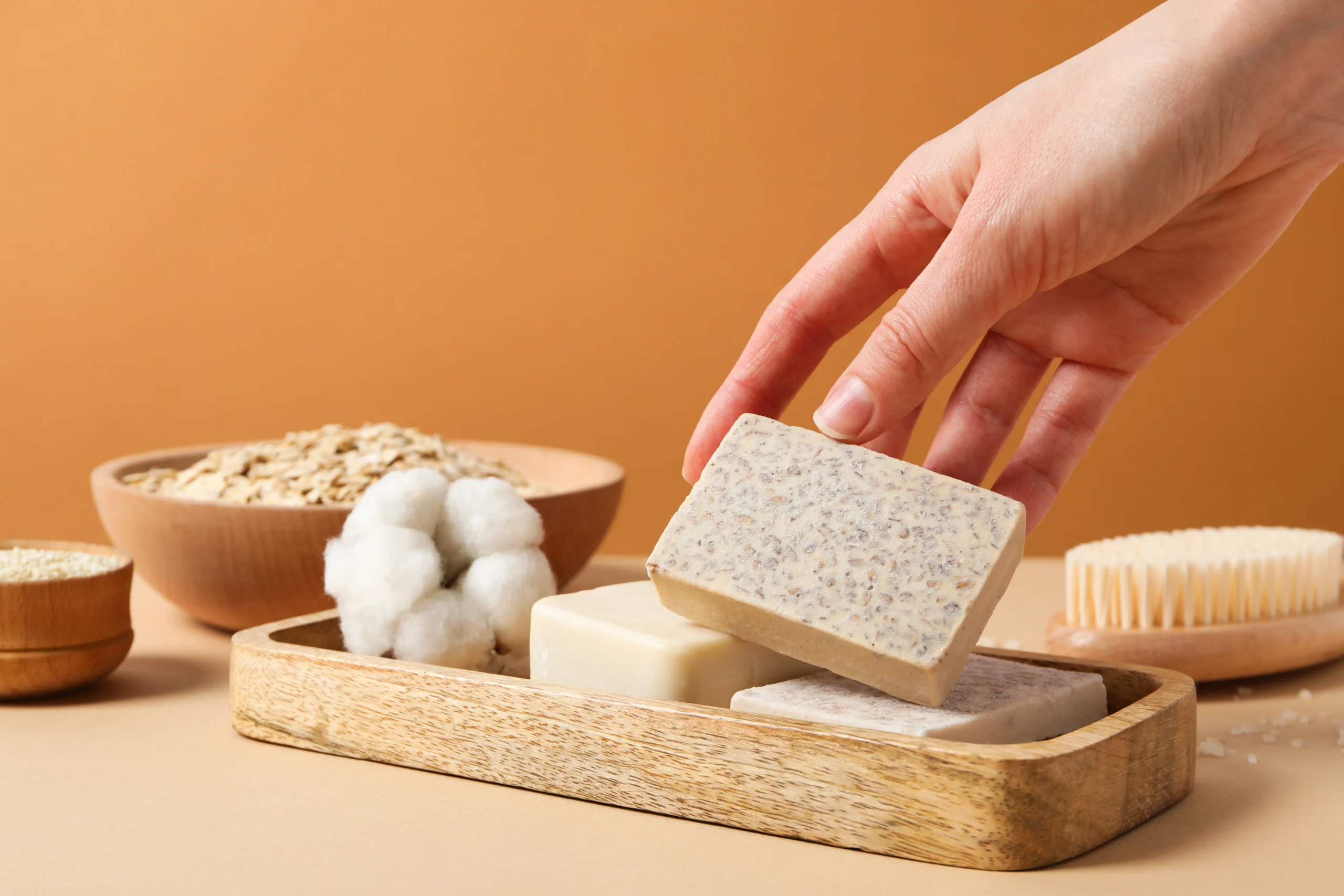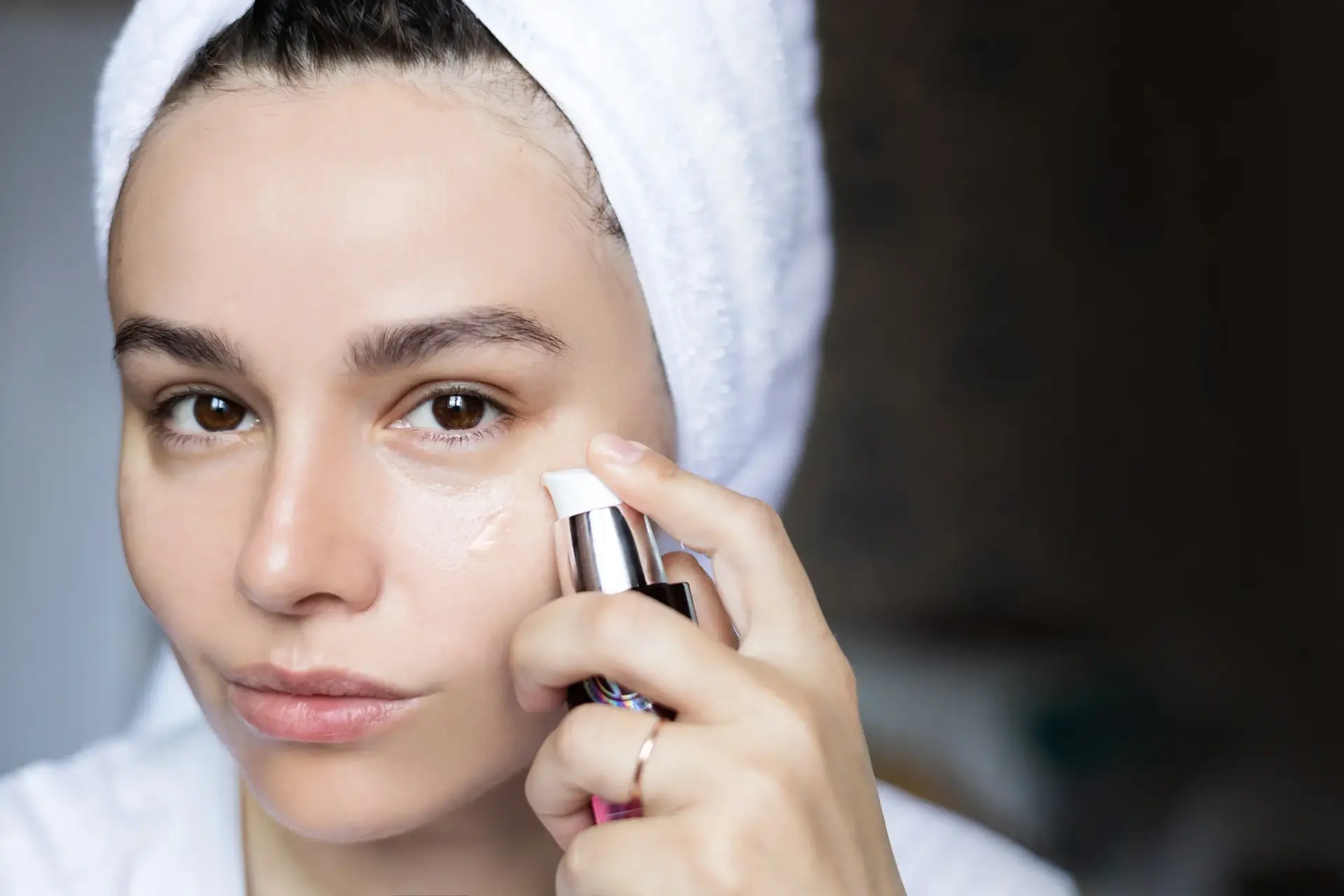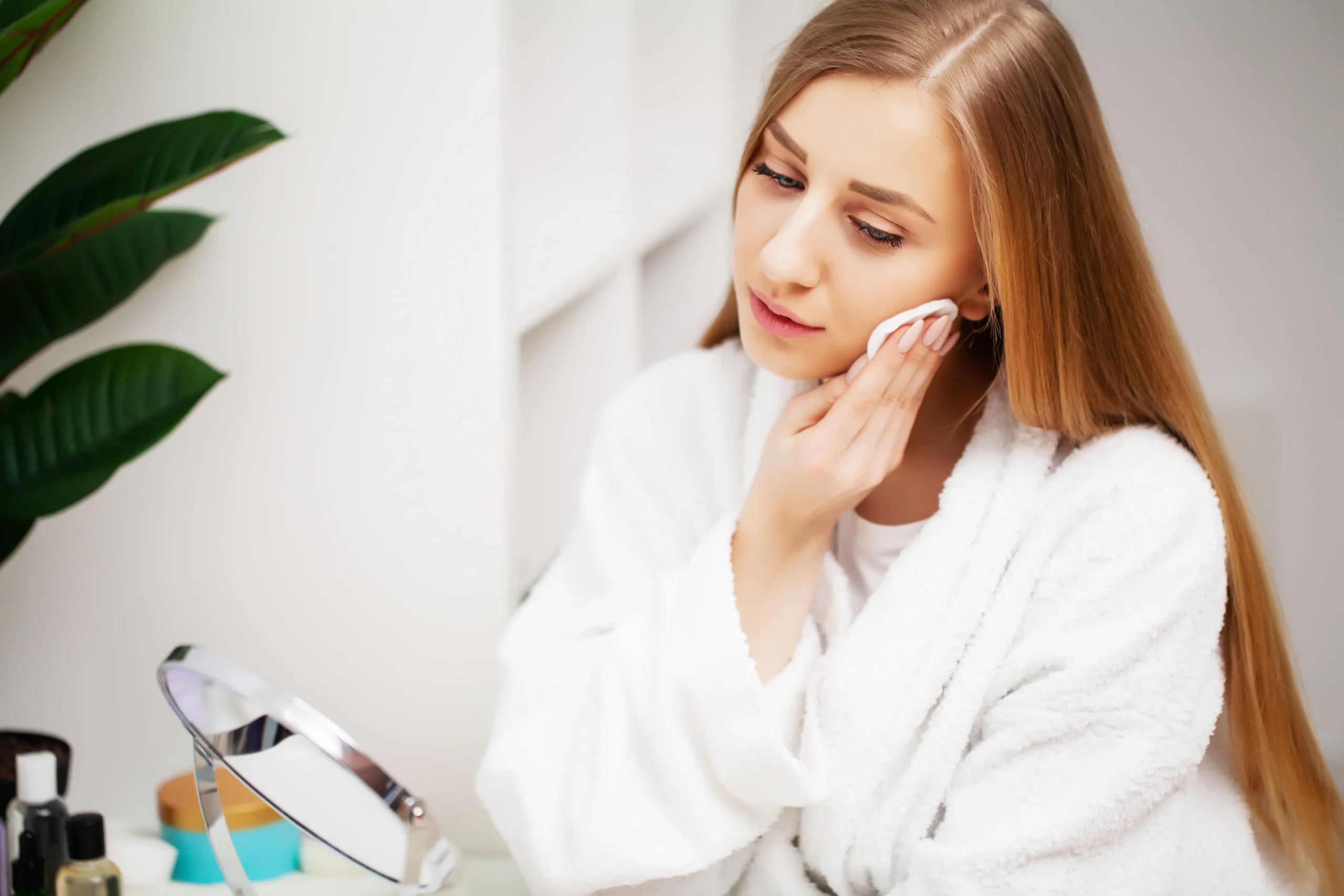The best skin care for sun spots is essential for clear, radiant skin, especially for those who spend a lot of time outdoors. These brown, uneven spots are often found after spending much time outdoors. These brown, uneven spots don’t develop overnight; ultraviolet (UV) rays increase melanin production over the years and cause the spots to form. While not harmful, they can make skin look tired and dull. With regular care, the right ingredients, and a few smart habits, the good news is that you can visibly lighten these spots and restore your skin’s radiance.
Understanding why sunspots occur and how to get rid of them is essential. It helps you choose the right products and create an effective skin care routine. From antioxidants to exfoliating acids, dermatologists recommend using ingredients that help fade spots while protecting your skin.
Understanding Sunspots And Why They Occur
Sunspots-also known as solar lentigines or age spots-are caused when ultraviolet rays cause the skin to produce excess melanin. Over time, this pigment builds up in the top layer of the skin, creating small, flat, brown spots. They usually appear on areas exposed to the sun, such as the face, hands, shoulders, and chest.
How UV Rays Damage The Skin Over Time
Long-term sun exposure doesn’t just cause spots-it also damages the skin’s structure. UV rays weaken collagen, reduce cell turnover, and increase oxidative stress, leading to premature aging and dull skin. These spots can become darker and more extensive without regular sunscreen, especially after summer.
The Difference Between Sun Spots, Freckles, And Melasma
Unlike freckles or melasma, sun spots do not fade easily and are not affected by hormones. Freckles usually lighten in the winter, while melasma can be reduced to some extent through hormonal balance and medication. However, sunspots are caused solely by UV rays, and regular topical treatments and sunscreen use are essential to remove them effectively.
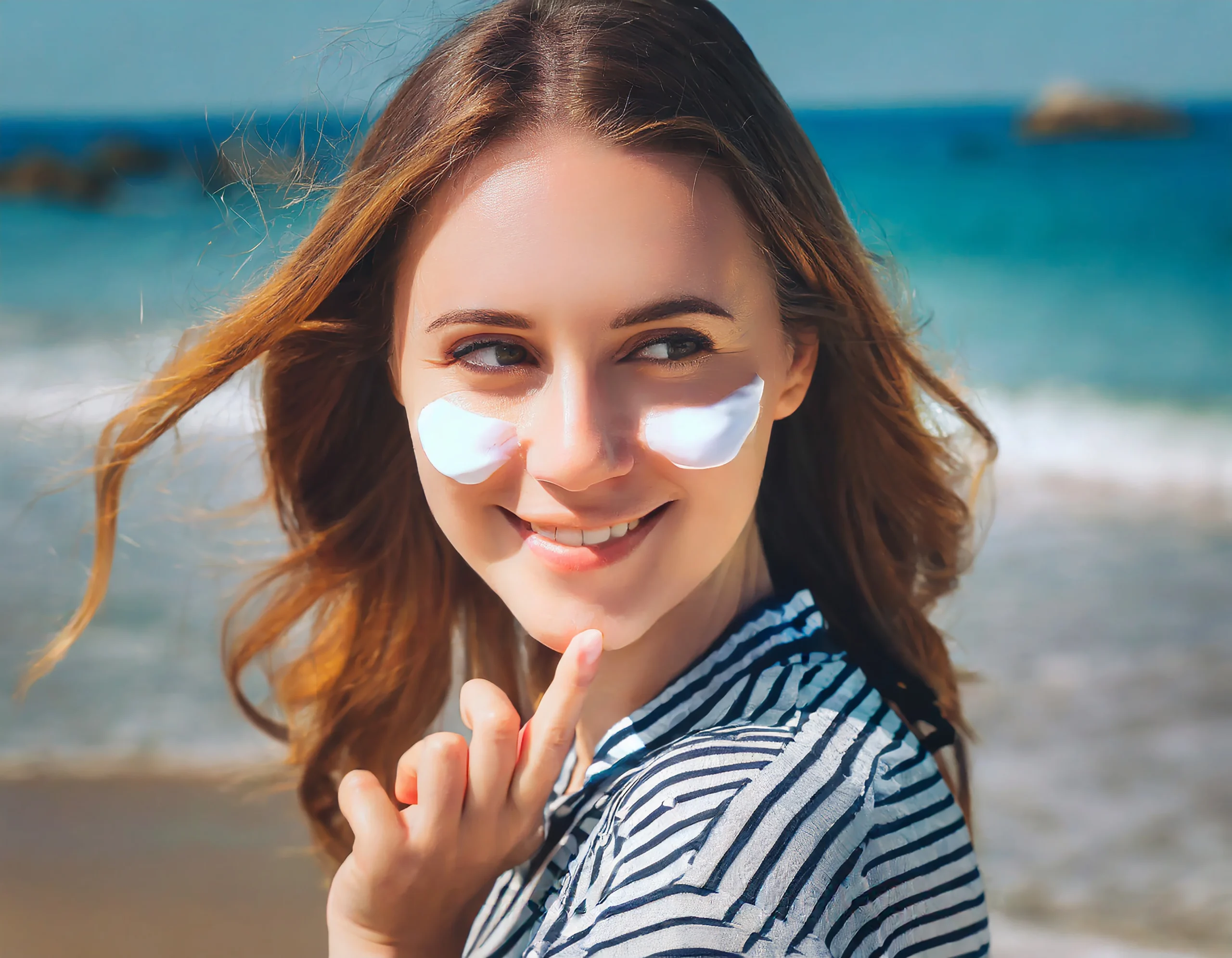
Best Skin Care For Sunspots: Effective Ingredients That Really Work
The best skin care for spots starts with scientifically proven ingredients that control excess melanin production and even skin tone. Dermatologists emphasize the importance of regular use; it usually takes six to eight weeks of daily use to see visible improvements.
Vitamin C: A Powerful Ingredient For Brightening Skin
Vitamin C is a powerful antioxidant that can lighten hyperpigmentation or blemishes. It neutralizes free radicals, increases collagen production, and inhibits the enzyme responsible for melanin production. Apply a stable form of vitamin C, such as L-ascorbic acid, every morning under sunscreen for best results.
Retinol: Evens Out Skin Tone By Increasing Cell Regeneration
Retinol speeds up the skin’s cell turnover process, helps create new cells, and lightens dark spots. Over time, it helps reduce uneven skin tone, making skin look firmer and younger. Use a small amount of retinol at first to avoid irritation or dryness.
Niacinamide: A Soothing Solution For Sensitive Skin
Niacinamide, or vitamin B3, is ideal for sensitive and red skin. It evens skin tone by reducing the pigment transfer between skin cells. It also strengthens with antioxidants, calms, moisturizes, and brightens the skin.
Alpha Hydrox Acid (AHA): Gentle Exfoliation For Brighter Skin
Like glycolic or lactic acid, AHAs remove dead skin cells to reveal new, brighter skin. Regular use increases skin radiance and improves the absorption of other active ingredients. However, sunscreen must be used after exfoliation, as acids make the skin more sensitive to sunlight.

Creating An Effective Skincare Routine To Lighten Sun Spots
The best skincare for sun spots depends on more than just product use; it also depends on a balanced routine that ensures skin protection and repair.
Morning Routine: Protection And Radiance
In the morning, rinse your face with a soft cleanser. Then, use a vitamin C serum to prevent oxidative stress. Apply a moisturizing cream with niacinamide for hydration, and use SPF 50 sunscreen as the last step. If you are outside, reapply sunscreen every two hours.
Nighttime Routine: Repair And Rebuild
Cleansing at night is essential to remove sunscreen and pollution. Use a gentle exfoliating toner a few times a week, then apply a retinol serum to help revitalize the skin. At night, use a nourishing night cream with peptides or ceramides to keep the skin hydrated and the rebuilding process active.
Professional Treatment That Fits In With Home Care
When topical products alone don’t provide enough results, dermatological treatments can help lighten scars quickly.
Chemical Peels And Laser Therapy
Chemical peels use controlled acid exfoliation to remove the dull layer of skin and promote new cell production. Laser therapy breaks down excess melanin for deeper scars, resulting in clearer skin after multiple sessions.
Microneedling And LED Light Therapy
Microneedling resurfaces the skin by increasing collagen production and enhancing the effectiveness of active ingredients. LED light therapy, especially red and near-infrared light, helps cell repair and evens skin tone.
Daily Habits To Prevent New Sun Spots
Sunscreen: The Most Important Step In Your Life
The best skin care for sun spots always starts with sunscreen. Broad-spectrum SPF protects skin from UVA and UVB rays, the leading causes of spots. Reapply sunscreen frequently if you’ll be outside for a long time.
Nutrition And Lifestyle For Radiant, Even Skin
Antioxidant-rich foods like berries, green vegetables, and green tea help rebuild skin from within. Avoid smoking and reduce alcohol, as these increase oxidative stress and delay the recovery process. Sleeping and drinking plenty of water keep skin elastic, healthy, and radiant.
Check Out More Beauty and Makeup Articles Here
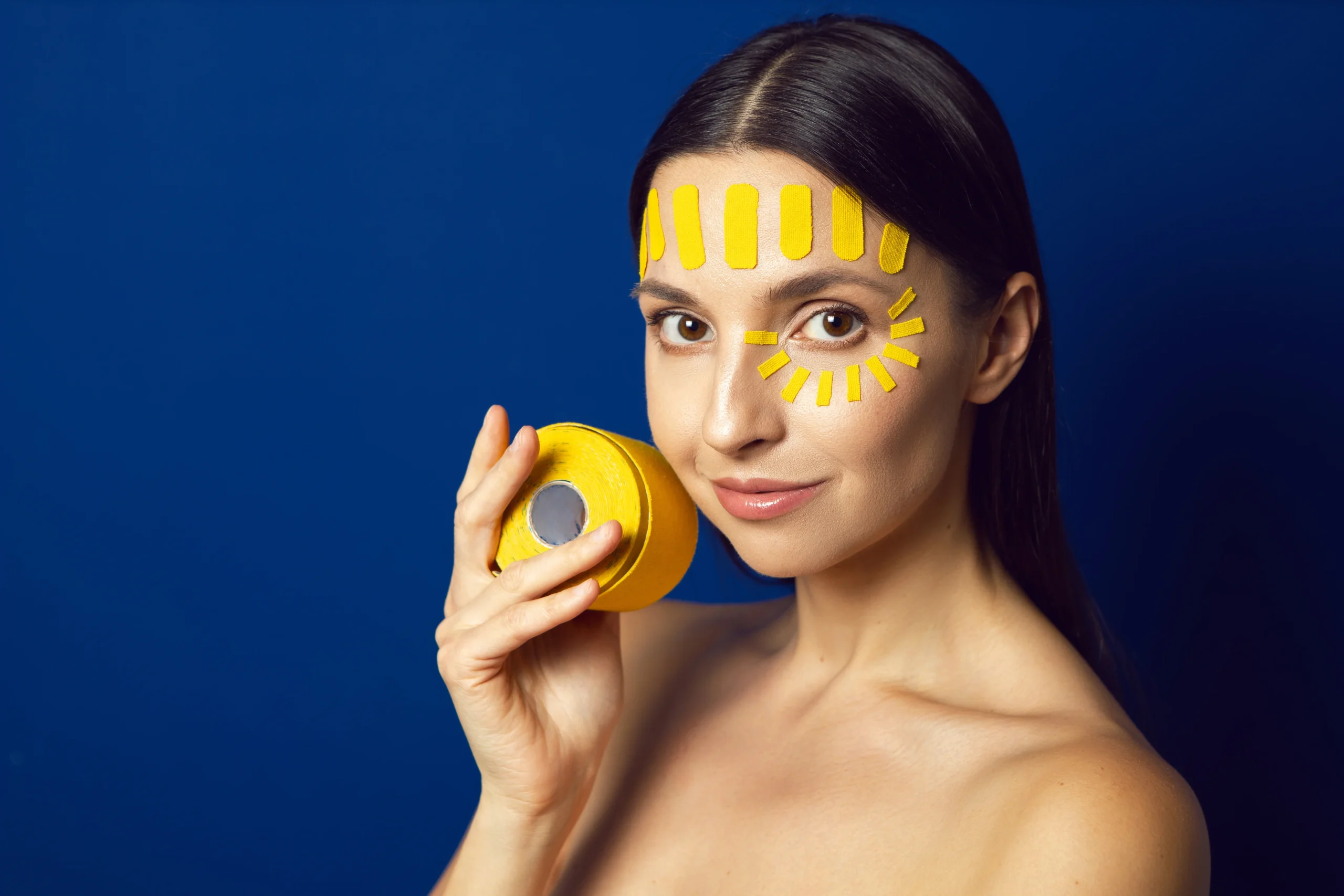
Final Thoughts On The Best Skin Care For Sun Spots
The best skin care for sun spots isn’t an instant fix; it’s a long-term commitment to protecting and repairing your skin. Sun-induced pigmentation builds up slowly, so removing it requires patience, consistency, and ingredients. Every product you use should have a specific purpose: brightening, exfoliating, or protecting your skin to regain its natural radiance.
Always prioritize broad-spectrum sunscreen as part of your daily routine. It’s the most effective way to prevent new sunspots from forming and old spots from getting darker. Pair this protection with antioxidant-rich serums like vitamin C and niacinamide, neutralizing free radicals and strengthening the skin’s barrier.
Nighttime care should rebuild and repair the skin. Retinol and alpha hydroxy acids (AHAs) remove dead, pigmented cells to reveal new, smoother skin and boost collagen production. A hydrating and toning cream with ceramides or peptides can help restore the skin and reduce potential irritation from active ingredients.
Lifestyle habits are also important. Eating antioxidant-rich foods, getting enough sleep, avoiding smoking, and avoiding excessive sun exposure all contribute to healthier, more resilient skin. Remember routine, it won’t be effective without regular sun protection and overall wellness.
Ultimately, the best skin care for sun spots combines prevention, correction, and daily care. With patience and consistency, your skin will look brighter, smoother, and younger—a reflection not only of your beauty but also of your long-term skin health.


